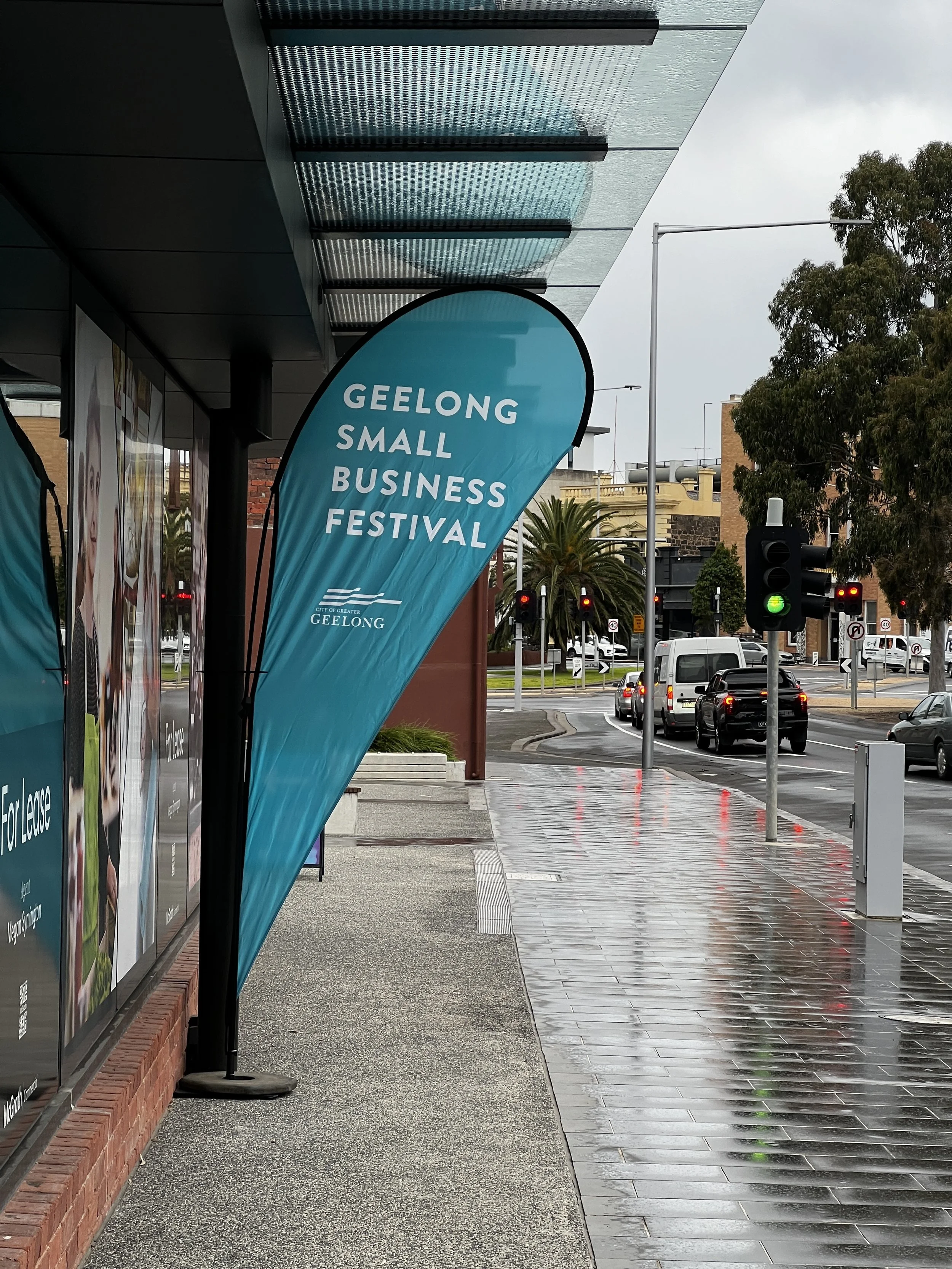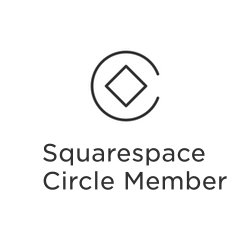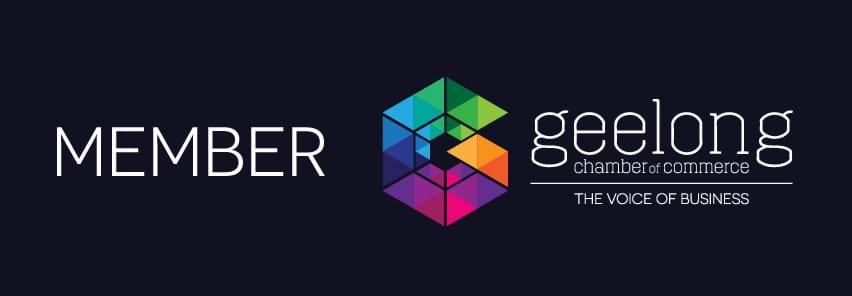We’re all about celebrating Geelong’s incredible small businesses. These local superheros wearing multiple hats every day, juggling a variety of tasks, and rarely taking time out, bring a whole lot to our city. Can you imagine a city full of only big box, same same stores and services. Small local business bring us one-of-a-kind services, products, connection to community and revenue into the region through employment and expenditure.
This month, the Geelong Small Business Festival has been in full swing, Making its the perfect time to shout loud and proud about the amazing entrepreneurs and business owners who make our community so vibrant and strong.
Why the Geelong Small Business Festival Rocks
From August 12th to 23rd, 2024, Geelong turned up the volume on entrepreneurship, innovation, and good ol’ community spirit. Now in its 14th year, this festival, which is held by The City of Greater Geelong in partnership with the Geelong Chamber of Commerce is like a booster shot of inspiration and connection for our local business community.
This year there was over 50 low-cost and free events. Something for every business owner - from the fresh-faced entrepreneur to those bringing years of experience.
Whether participants came to network, learn, or just soak up the good vibes, the festival was the pit stop everything small biz.
The Big Deal About Local Businesses
Let’s be real - local businesses are more than just places to shop; they’re the heartbeat of our community. They’re the job creators, the supporters of local suppliers, and the champions of keeping money where it belongs - right here in Geelong. Every time you support a local business, you’re not just buying a product; you’re investing in the future of our community. These businesses give our neighborhoods their unique flair, make us feel at home, and help define the Geelong identity. Plus, they’re the unsung heroes behind countless sponsorships, donations, and community initiatives that keep our city thriving.
Geelong has one of the highest number of small businesses in Victoria with 17,265 registered small businesses, and thats doesn’t even including the 7897 small businesses in the Surfcoast and Bellarine Peninsula.
The Launch Party
Like any good celebration, the festival always kicks off with a Launch night. In the past the likes of Ida Buttrose, Mia Freeman, Todd Sampson and Russel Howcroft (a personal favourite) have graced the stage at the festival launch. This year AI specialist Nadia Lee entertained those gathered at The Pier. Surely you’d agree, an iconic place to throw a festival celebrating geelong.
Throw in a glass or two of a local drop and a market style set up of local producers including Irrewarra Sourdough, Cakes By Thilini, Lard Ass Butter and Geelong Region Olives.
My partner and I are both small business owners, and therefore make the Small Business Festival Launch Night an annual event. With local and state politicians, Andy Pobjoy of Piano Bar fame racking some musical themed jokes and a host of great speakers the 2024 Festival launch night was nothing short of inspiring.
Top Pick Events
There was something for everyone so picking and choosing the top picks seems a little unfair however many flocked to Mastering Canva to tune up their design skills, Storytelling, Bookkeeping 101s and Managing Metal health were all go to and well populated events.
Did you join us at the festival?
We were lucky to have the opportunity to host three workshop events this year. I appreciate the opportunity to practise my in person presentation skills, also it also takes me right outside my comfort zone - and they say thats a good things to do for personal growth!
Until next year, may your small business highs be profitable and the lows quick and painless. But enjoy the rollercoaster ride that is small business.
*https://www.asbfeo.gov.au/small-business-data-portal
Want to know more about the Geelong Small Business Festival? Visit https://gsbf.com.au/
The GeelongSmall Business Festival flag waving outside the brand new Geelong Council offices.
“I got so much out of the first SEO for Beginners session with Kerri, that I booked into the second one - Local SEO, as soon as I left! The presentations were not just informative, they were easy to understand with lots of opportunity for attendees to ask questions and bounce ideas off Kerri. I’ve come away from both sessions with a long to-do list but totally energised to action all of Kerri’s recommendations.”
Amanda, Smellies Flowers
"Attending the Geelong Small Business Festival was invaluable, offering excellent networking opportunities, and showcasing the local resources available to support my journey. The sense of community and shared experience was so inspiring."
Andera, Simplify Separation & Divorce
“I look forward to the Geelong Small Business Festival every year. I’ve been to so many valuable sessions in the past seven years. Equally beneficial to what I can learn from the presenters is the connections with other small business operators who also attend. The Geelong business community are so generous and there’s year round opportunities to connect via the Chamber, Tourism Authority and COGG events. I love doing business in this region.”
Melinda, The Melbourne Map
“The Geelong Small Business Festival was a fantastic opportunity for local business owners to connect, learn, and grow. The knowledge shared at these events, like Kerry Bennett’s insightful presentation on Local SEO, truly enriches our community and helps us all succeed together. It’s inspiring to see so many experts generously contributing their expertise with no strings attached”.
Moisés, mnvideos

